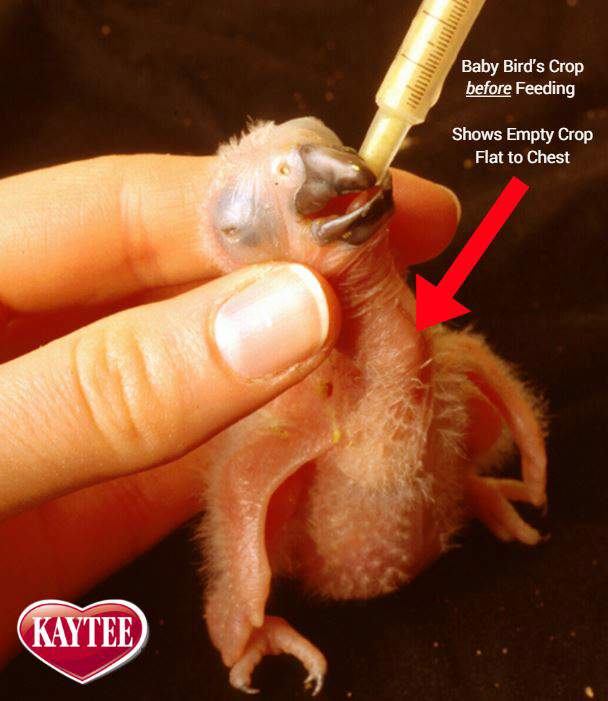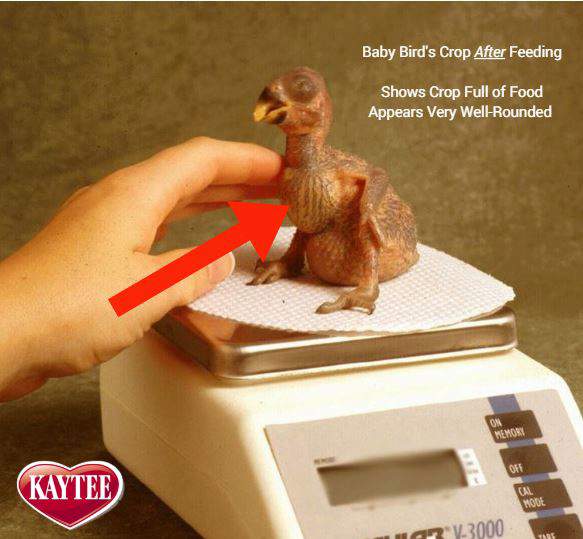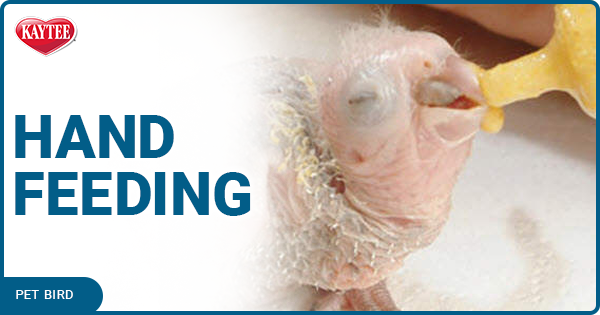What is the Crop of a Bird?
If you have no experience hand feeding baby birds, we recommend contacting a professional breeder or pet store that has an experienced hand feeder to assist.
What is the Crop of a Bird?
Digestion in birds involves several organs, each carrying out a specific digestive function. Understanding of the avian digestive system is essential for feeding and also recognizing when something is wrong. The crop is an extremely useful tool for avian veterinarians and owners for assessing when the bird last ate and the function of the digestive system.
Many types of crops exist across avian species. While most birds have a crop, it is not always easy to identify and should not be confused for similar parts of the bird’s throat. The crop is small in migratory bird species and is much larger on seed-eating birds.
Where is the Bird’s Crop Located?
The crop stores food temporarily and starts the digestion process before it enters the stomach. It is a thin-walled pouch at the base of the esophagus where birds can store food before it is sent the rest of the way to the stomach. When the crop becomes empty, hunger signals are sent to the brain telling the bird it is time to eat. The flexibility of the crop allows birds to eat more food than necessary in a single feeding. The crop acts as a food reserve when other energy sources may not be available.
The crop also plays an important role when in raising baby chicks. Parent bird species including Psittacines (hook-billed birds such as parrots, cockatiels, and parakeets) and Passerines (such as canaries, finches), regurgitate their food from their crop to feed their chicks. For growing birds, it is important to ensure young chicks always have food in their crops.
When hand feeding baby birds with a prepared hand feeding formula such as Kaytee® exact Hand Feeding® for Baby Birds, the baby should be fed on a routine schedule allowing the chick’s crop to empty (or nearly empty) between feedings and to determine if the bird is being fed the right amount. This prevents any food remaining in the crop too long and possibly spoiling. If the time between crop emptying suddenly increases and the crop appears to be slowing down, observe the chick closely.
After eating, the crop feels slightly swollen and firm, but will shrink as food is digested. Food can remain inside the crop for up to twelve hours. During digestion, the base of the crop’s tiny muscles use peristaltic contractions to propel food further into the digestive track.
For more information on feeding a baby chick one of the Kaytee® exact Hand Feeding® formulas see Kaytee® exact Hand Feeding® Formulas – Preparations and Feeding Instructions.
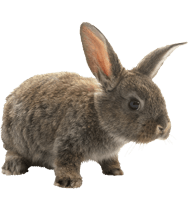
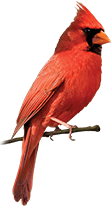
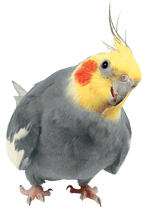
.jpg?h=500&iar=0&w=500&hash=F641C52FFCC45FA8B56155F2659ED43D)
